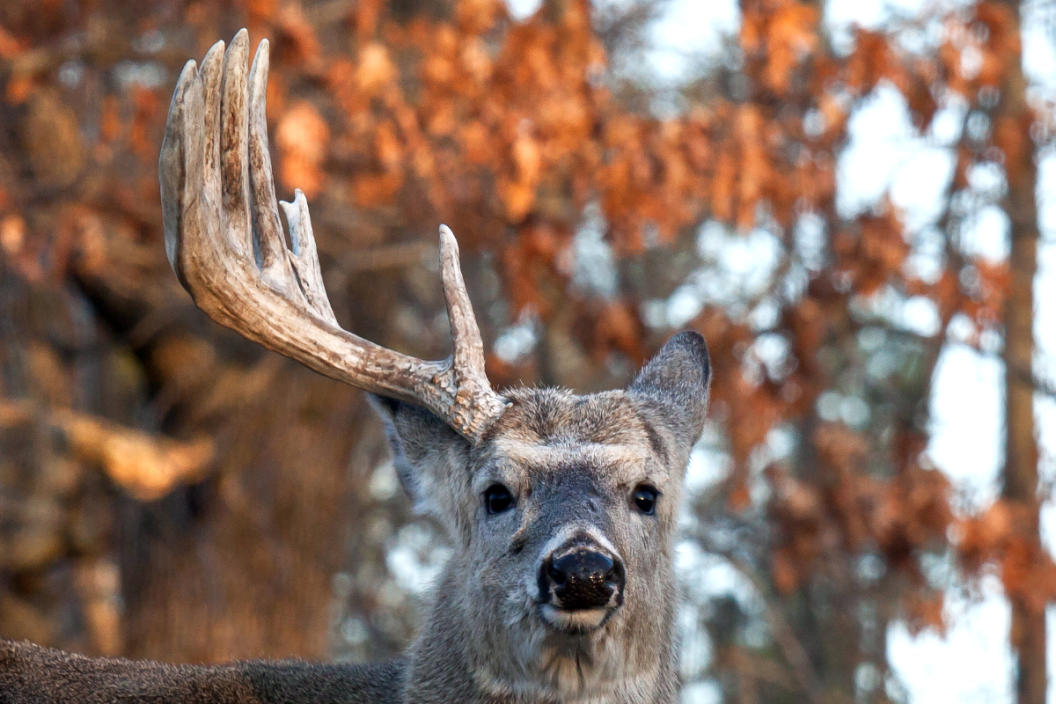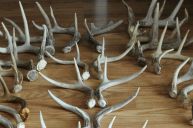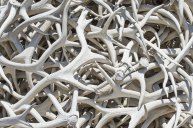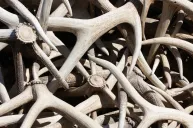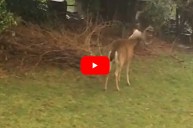The times deer shed their antlers every year depends on the animal.
For most parts of the country, hunting season is either already over, or is beginning to wind down. The rut is long over, and most mule and whitetail deer are starting to settle into their winter patterns after surviving the seasons and going through the rigors of the breeding season. This is also the time of year when many hunters start thinking about shed hunting.
One of the most common questions for newer shed hunters is: when do deer shed their antlers anyway? There's this misconception that deer all start dropping their old rack in preparation for growing new antlers at the same time. However, in my experience, no two deer are the same and a buck's antlers can drop at literally any time.
Today we'll look at some of the factors that affect when members of the greater deer family experience their yearly antler drop. Knowing the how and why of when deer shed can help you find more shed antlers and become a better hunter overall.
When do deer shed their antlers?
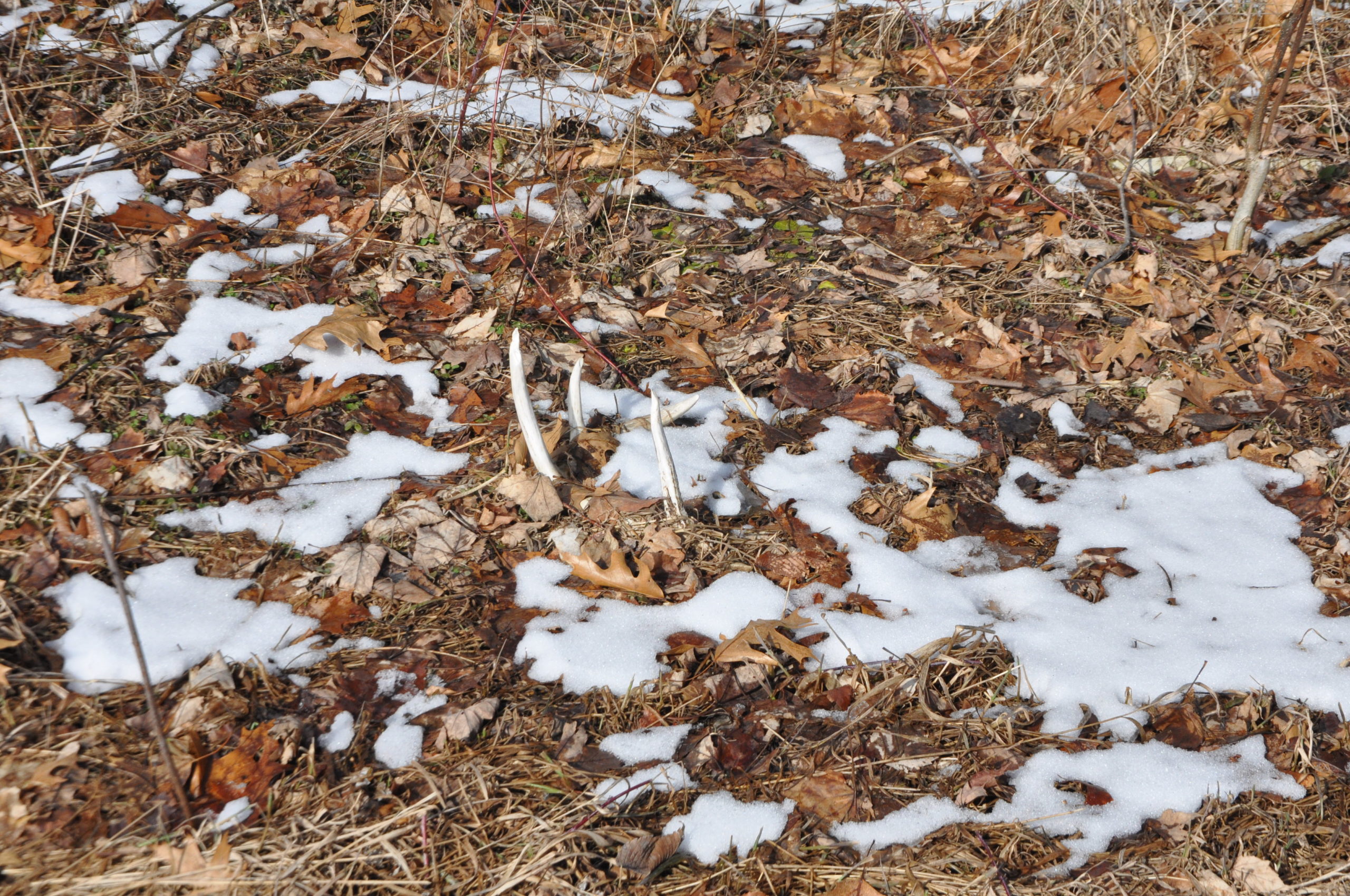
Travis Smola
Most male deer seem to drop their antlers sometime between early winter in late December and early spring in April. Where I live in southwest Michigan, most bucks seem to drop their set of antlers somewhere between late January and the start of late winter at the beginning of March. Although I have gotten trail camera photos of bucks sporting headgear as late as May before. Seeing a buck with antlers past that is in early April or later is usually rare because most bucks have already started growing antlers for the new season by that point. I know of many shed hunters in western states who start looking for mule deer and elk antlers as soon as New Year's Day.
There seems to be no rhyme or reason to how bucks shed their antlers. You'll sometimes hear some hunters say younger bucks will hold onto their antlers longer. However, my own experience shows sometimes mature bucks hold onto their antlers longer than the young bucks. At the end of the day, the time they shed seems to depend more on each individual animal's health, and the buck's testosterone levels late in the year.
Factors that can contribute to antler shedding.

Travis Smola
Much like how there are a bevy of factors that can affect the antler growth process, there are just as many that can affect the shedding process. Biologists have determined that the amount of testosterone in the animal plays a big role here. The more quickly a buck gets run down during the mating season, the more likely he probably is to shed his antlers early. The drop in testosterone following the rut will activate cells in the pedicle of the antler called osteoclasts.
As these cells eat away, the antlers become more and more loose before gravity takes over and they fall to the ground. Because older bucks tend to be more active during the rut, and in weaker physical condition once the breeding period is over, it is not uncommon for them to drop first. A few years ago, my uncle shot a nice 9-pointer in early November that was already extremely skinny. It's not too much of a stretch to believe he would have been one of the first to shed had he lived.
I must admit, I used to think weather also played a big factor into when deer shed, and many other hunters feel the same. However, when you start really diving into it, biologists now believe photoperiods, or the amount of sunlight each day, plays a larger factor than a little snow. I think part of the misconception may be because shed hunting is easier after a hard winter when deer move around less and spend more time concentrated in bedding areas and feeding areas. Interestingly, the amount of daylight seems to affect when deer grow their antlers too.
As a report from the National Library of Medicine notes: "It is suggested that antler replacement is triggered neither by shortening nor lengthening days, but by the alternation of such changes irrespective of the direction of the shift in the photoperiod."
It is also believed that an injury to the deer can also cause the osteoclasts in the buck's pedicles to activate sooner because the animal's body may decide to divert vital nutrients to healing instead. Deer in southern climates will often keep their antlers longer than their northern counterparts simply because they do not have to search as hard for extra food and nutrients during the winter months.
There is no wrong time to start shed hunting.
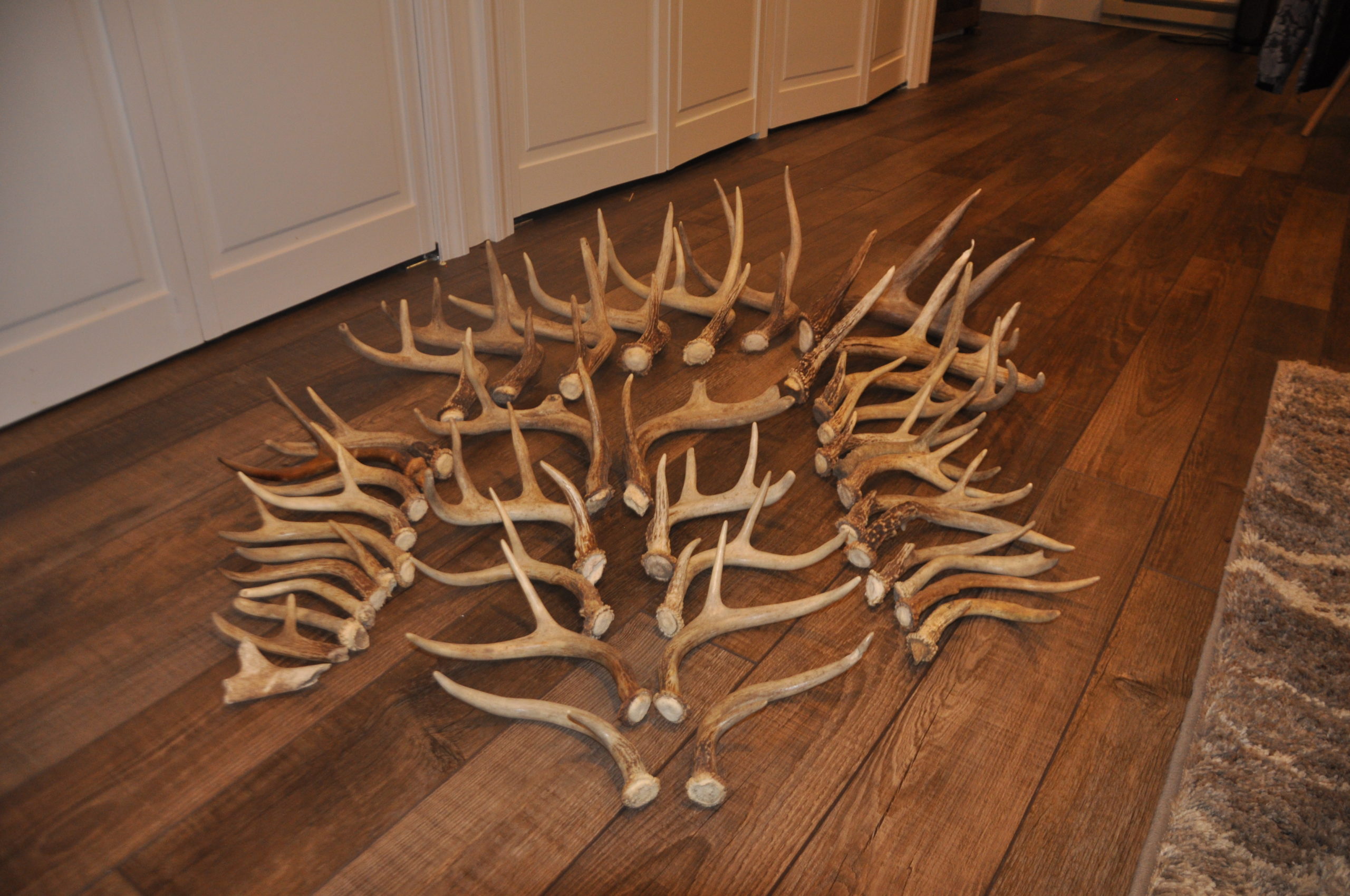
Travis Smola
Every year I go through the same conversation with my dad. He's utterly convinced "they're not dropping yet" when I go for my first shed hunt in late February or early March. Every year I explain there's no set date when all the buck's antlers suddenly pop off. The time when a buck drops is going to be influenced by available food sources, the buck's physical condition, and the amount of daylight your area is getting.
If you are getting photos of bucks that look extremely worn-down and skinny, you can probably get away with searching for the antlers sooner. In fact, that may be preferable before the rodents chew them all up for calcium. On the other hand, if your area is experiencing a mild winter, food is readily available, and the bucks you are seeing all look fat and healthy, it might be a better idea to hang back for a bit.
Products featured on Wide Open Spaces are independently selected by our editors. However, when you buy something through our links, we may earn a commission.
For more outdoor content from Travis Smola, be sure to follow him on Twitter and check out his Geocaching and Outdoors with Travis YouTube channels.
NEXT: CAN YOU FIND THE SHED ANTLERS IN THESE 10 PHOTOS?
WATCH
